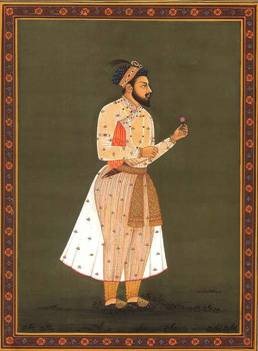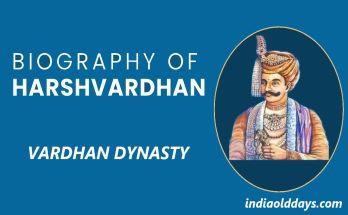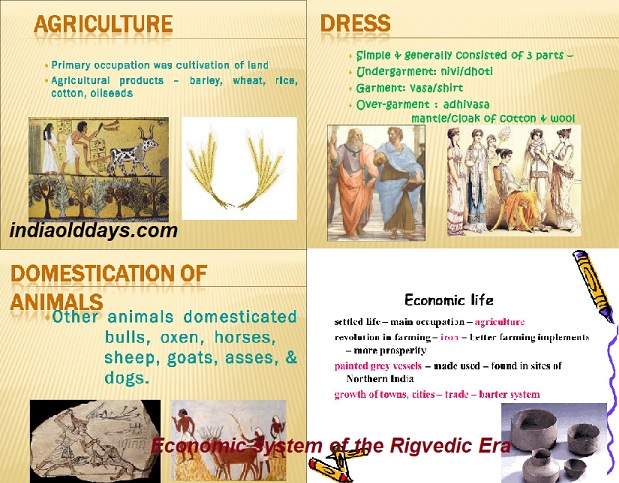History of Harsh period culture
Along with being a conqueror and empire builder, Harsh was also a skilled administrator. Regarding his governance, we get from the Banabhatta and delightful accounts of Harshacharit and Hainesang’s travelogue-2 with some of his writings. It is worth mentioning here that Harsh did not give birth to any new system of governance, But he adopted the Gupt governance system with some modifications and changes. Even the names of the departments and employees of the governance are the same.
How was the governance system of Gupta Period?
Administrative arrangements
Even in Harsh’s time, the form of governance was monarchical. The king believed in his divine origin. He used to hold great titles like Maharajadhiraj, Parambhattarak, Chakravarti, Parameshwar. In Harshacharit, Harshavardhan has been called the embodiment of all gods. Comparing him with Shiva, Indra, Yama, Varuna, Kuber etc., the emperor is said to be superior in all. It is worth mentioning that after the Maurya period, the spirit of the incarnation of Godhead in the kingdom was fully established by this time. He was the supreme officer of the administration….More Information.
Religion and Religious Life
Harshcharit reveals that he had worshiped Shiva before attacking shanshank. It seems that from childhood, he had a tendency towards Buddhism. He interviewed a Buddhist monk named Divakaramitr in Vindhyavan, The effect of which was very much on Harsh. After meeting the Chinese traveler Huanseang, he granted royalty to the Mahayaan branch of Buddhism and became a full-fledged Buddhist. In order to prove the excellence of Mahayaan in other religions, Harsh convened a huge assembly of Acharyas of various religions and sects in Kannauj…….More Information.
Social life
Huanseang also praises Brahmins, and calls them the most pious and revered. According to him, India was also called a Brahmin country due to the good fame of Brahmins. The Brahmins of this period, apart from the mutual business of study, teaching, Yagya-Yajna, had also started doing agriculture and trade. He was also given prestigious positions in administration. The Brahmins of this period were famous by their gotra, pravar, charan or branch. At this time, a lot of land came into the hands of Brahmins, which they had received in grant. Harshacharit reveals that before embarking on a military expedition, Harsh donated 100 villages with 1000 plows to the Brahmins in the central country. This land must have been around ten thousand one hundred…..More Information.
Economic condition
We get information about the economic condition of Harsh period India from the texts of Baan, Chinese sources and the writings of the then. It is clear from all sources that the economic condition of the country was advanced at that time. Agriculture was the mainstay of people’s livelihood. Huensang writes that at that time the country’s economic condition was advanced. Agriculture was the mainstay of people’s livelihood…..More Information.
Education and literature
Harshavardhan himself was a high scholar, Therefore, during his rule, he provided adequate encouragement to the advancement of education and literature. There were many gurukuls, ashrams and viharas throughout the country. Where students were taught various disciplines. The description of the Baan shows that proper study of Vedas and Vedangas was done. Many seminars were held where debates were held on important subjects. People were particularly interested in the study of grammar, Ramayana, Mahabharata etc. …More information.
Reference : https://www.indiaolddays.com





